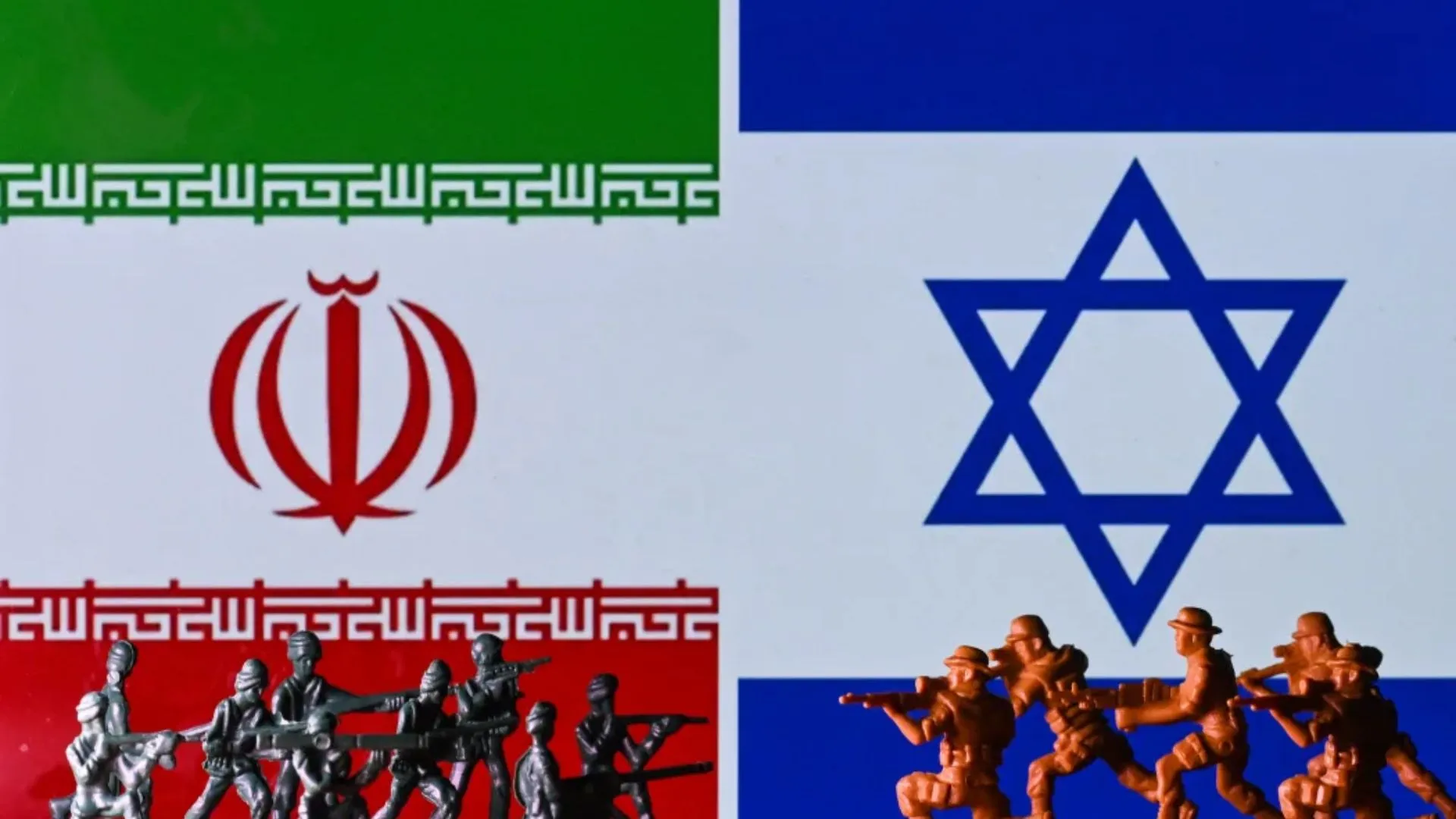In the geopolitically tangled West Asia, there are perhaps few antagonisms as entrenched and geographically complex as the one between Israel and Iran. Unlike most arch-nemesis like India and Pakistan or the two Koreas, these countries are divided by almost 2,000 kilometers with no common border between them. Their tensions unfold not along contiguous trenches, but over airs, cyberspace, and other countries’ zones.
Though intensely hostile towards each other, Israel and Iran are not close neighbours. The shortest air distance between Tel Aviv and Tehran is approximately 1,800 to 2,000 kilometres. Any possible land route would travel through Jordan, Iraq, and possibly Syria. Even during times of peace, this overland travel is diplomatically and logistically impossible.
No Land Route, No Diplomatic Ties
Legally, there is no current route for normal travel between the two nations. There is no direct road, rail, or commercial route. Ever since they cut diplomatic ties in 1979, the two countries have imposed total travel bans on citizens of the other. Iranian authorities may refuse entry to any person who has an Israeli visa stamp on their passport, while Israeli citizens are strictly prohibited from entering Iran.
Therefore, even if there were a direct military clash, there is no avenue for ground troops to attack without having to cross several, frequently unfriendly, sovereign states. And many of them will not provide their soil as a theater of war staging ground.
Ground War Unlikely
A conventional ground attack by the two is virtually impossible. Iran has one of the largest armies in the region, with more than 1.1 million personnel in reserves included. Israel, though smaller in size with 4 to 5 lakh soldiers, enjoys the best military technology and training. But these advantages are nullified by sheer distance and denial of access.
The distance has moved the front lines into the air. Israel, with its F-16 combat aircraft and backed by in-air refuelling, has allegedly conducted precision bombing within Iran without touching foreign ground. There are some indications of clandestine assistance from nations such as Jordan, where there could be permission for the use of airspace, and Qatar, which may provide a clandestine operations base.
Covert Warfare and Proxy Battles
The lack of a land border hasn’t prevented either country from facing the other. Secret operations have been the preferred tactic. Israel’s spy agency, Mossad, is thought to have carried out attacks with local drone bases within Iran. These are designed to destroy missile infrastructure and interfere with Iranian defence systems.
Iran, however, depends on powerful proxies. From Hezbollah in Lebanon to Hamas in Gaza and militias in Iraq and Syria, Tehran uses these allies to push back against Israel’s security without sending its own troops. These proxies serve as Iran’s frontline forces, applying pressure against Israel from all sides.
Missiles vs Fighter Jets
If open war broke out, the battlefield would be controlled by aerial and missile strikes. Israel’s air force is technology ahead with experienced pilots and combat-capable aircraft. Iran’s fleet is older and less capable by comparison, but it has heavily invested in ballistic missiles and armed drones.
These missiles have the capability to penetrate deep into Israeli airspace, hitting cities and infrastructure. Although Iran’s air force will not match Israel’s, its missiles could still cause a massive amount of damage if fired in large quantities.
The Shadow of the United States
While the US technically denies its involvement in Israeli attacks, its military deployment in the region cannot be overlooked. Reports have it that strategic resources, such as B-2 bombers, are based in locations such as Diego Garcia. The deployment indicates readiness, if not desire, to intervene when needed.
Moreover, nations such as Jordan and Qatar though not directly involved have been said to permit their airspace or logistical support to aid limited Israeli action. These states balance the tightrope of not taking part in ground conflict yet allowing limited aerial action.
The rivalry between Iran and Israel is a war characterized by vacuity of borders, of official declarations of war, and of invasion by bodies of troops. Instead, it is waged through drones, missiles, clandestine operations, and local militias. In spite of the spatial distance, the animosity has been strong and enduring.
It’s not engaged with tanks and trenches but ideology, cyber warfare, and influence. A war that defies geography and reminds the world that modern-day wars can be fought without ever treading on enemy soil.























